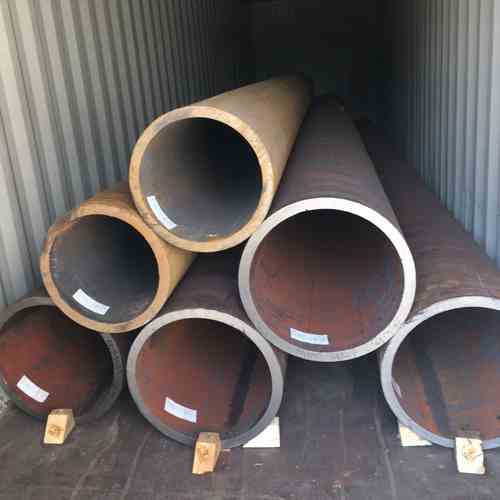
AISI 1010 / S10c Carbon Steel Tube – Mechanical Tubing – Seamless Steel Pipe
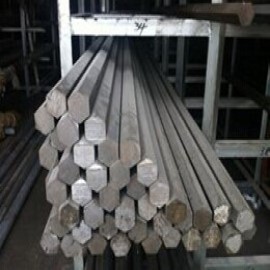
AISI 1035,Cold Drawn Carbon Hexagonal Bar
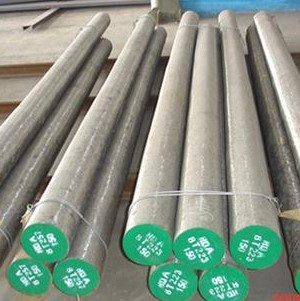
4145H Modified Alloy Steel Round Bar, Hot Rolled Steel Bar
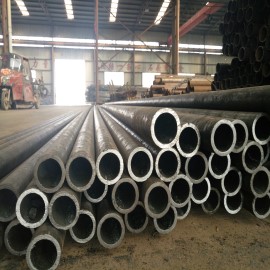
27SiMn seamless cold drawn steel tube, with black annealed out surface
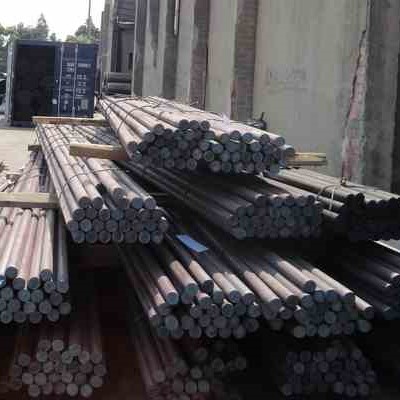
QT AISI 8260 Hot Rolled Steel Round Bar Size 10 - 350mm For Automobile
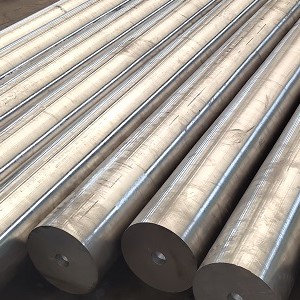
SAE 4137H is an H-Steel grade Alloy Steel. It is commonly called SAE 4137H Chromium-molybdenum steel.SAE 4137H offers good ductility and shock resisting properties combined with resistance to wear. With these characteristics it is a popular high tensile engineering steel with a tensile of 850-1000Mpa. At low temperatures it has reasonably good impact properties. It is also suitable for a variety of elevated temperature applications. For maximum wear and abrasion resistance the steel can be nitrided to give a shallow depth wear resistant case. Flame or induction hardening of 708M40T can give a case hardness of 50HRc or higher.
SAE 4137H is now widely used in areas such as the motor, oil and gas industries. Suitable for components such as shafts, gears, spindles, bolts, studs and a wide variety of applications where a good quality high tensile steel grade is required.
| DIN | BS | SAE | ASTM | JIS | ANFOR | UNI | SS |
| 1.7225 | 708M40 | J1268 | 4137H | SCM4H | 40CD4 | 38CrMo4KB | 2244 |
| C | Mn | Si | P | S | Cr | Mo |
| 0.34-0.41 | 0.60-1.00 | 0.15-0.35 | 0.035 max | 0.040 max | 0.75-1.20 | 0.15-0.25 |
Mechanical Properties (T=20°C if not differently stated)
| Tensile Strength (Mpa) | Yield Strength(Mpa) | Fracture elongation A5 (%) | Notch impact energy ISO-V [J] | Hardness (HB) |
| 850-1000 | 650 min | 13 min | 35 min | 248-302 |
Forging:Preheat SAE 4137H carefully, then raise temperature to 850-1200°C for forging. Do not forge below 850°C. After forging SAE 4137H, cool slowly in still air.
Annealing:Heat SAE 4137H slowly to 680-700°C. Cool in air.
Hardening:SAE 4137H is commonly supplied ready heat treated. If further heat treatment is required annealed SAE 4137H should be heated slowly to 860-890°C and after adequate soaking at this temperature quench in oil. Temper as soon as tools reach room temperature.
Tempering: Heat the component carefully to a suitable temperature selected by reference to a tempering chart or table, soak at the temperature for two hours per 25mm of ruling section, then allow to cool in air. Tempering between 250-375°C is not advised as tempering within this range will seriously reduce the impact value.
If you want to know more or have any questions about our products, please feel free to contact us by phone or email.